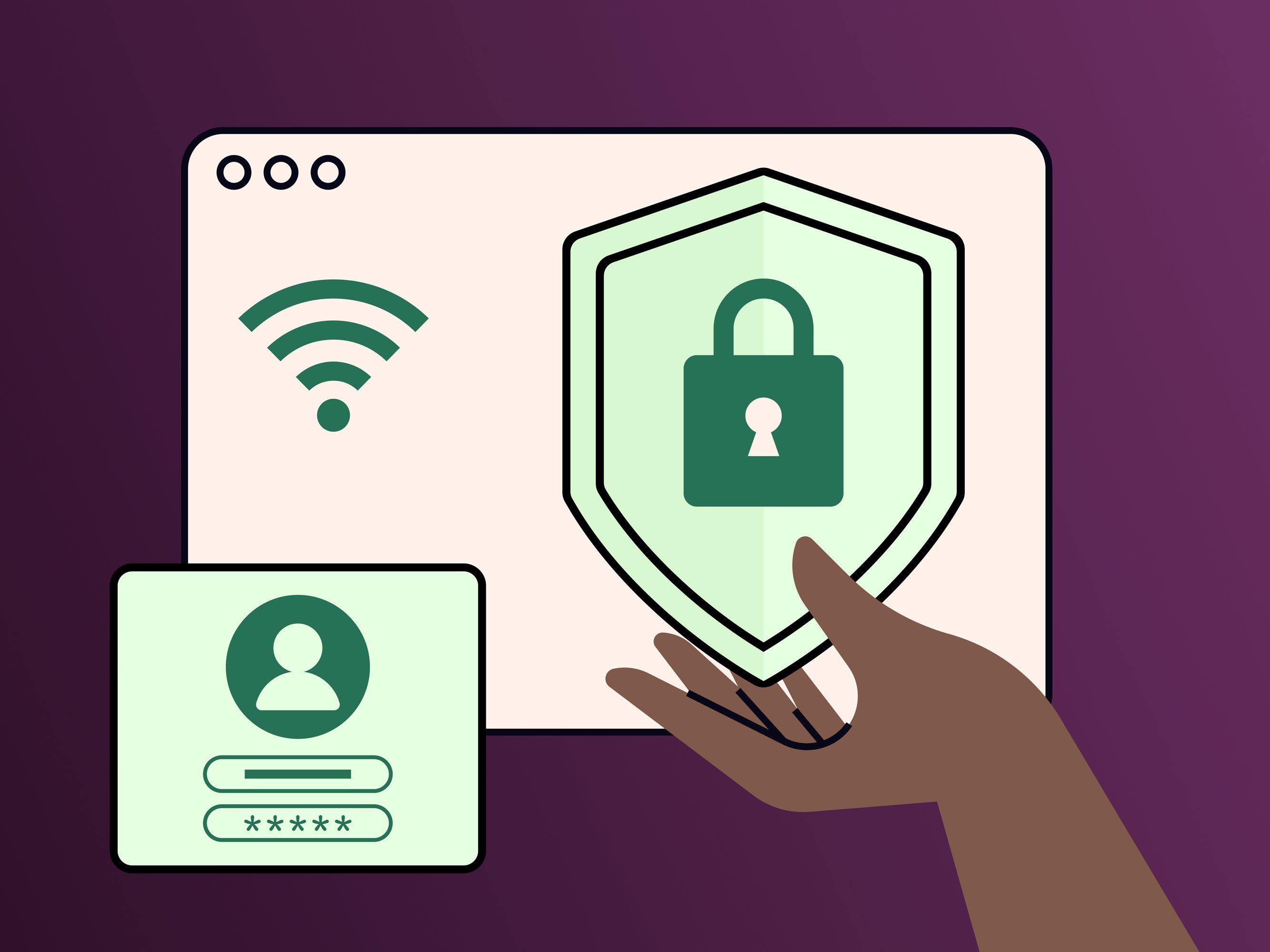How to choose effective cybersecurity training
Cybersecurity training should be an ongoing, embedded process within your organisation. However, the challenge isn’t just providing training but ensuring it’s effective and engaging.
Here are some strategies for choosing effective cybersecurity training.
Include real-world situations
Cyber threats are ever-evolving, and no two are the same. Effective training should incorporate real-world scenarios that reflect actual dangers your employees might encounter, providing practical, hands-on experiences. Such real-world situations can include phishing attacks, security drills, or breach response exercises.
By teaching employees about potential situations they could encounter, they can gain a deeper understanding of threat patterns and learn how to respond effectively under pressure.
Provide engaging content
Let's face it: cybersecurity training can seem intimidating and technical to many. To ensure learning is retained, it needs to be interesting and engaging.
Be sure to share training material that incorporates various multimedia such as videos, infographics, and interactive quizzes to present information in an easy-to-digest manner.
Gamification can also encourage participation and facilitate learning by awarding points, badges, or rewards to employees who successfully complete tasks or score well on assessments.
Offer accessible and flexible learning
Cybersecurity training should be accessible from any device and easy to understand. Offering mobile-friendly, intuitive training ensures staff can access the training material at their convenience, such as when they’re on a break, commuting, or at home.
Training modules should be flexible, allowing employees to learn at their own pace and revisit the content as needed.
Supply continuous learning and regular assessments
Cyber threats don’t stand still, and neither should your training. Regular updates and training reflecting the latest threats and defence strategies should be provided. This will ensure your employees' knowledge stays current and relevant.
Moreover, assessments should be conducted regularly to gauge the understanding of your employees. These assessments also provide feedback that can help refine and improve future training content.
Deliver custom learning paths
Cybersecurity isn't a one-size-fits-all subject. The training needs of an elderly care worker will be different from those working in transportation.
Therefore, creating personalised learning paths that consider your employees' unique roles, responsibilities, and technological environments can make training more relevant and effective.
Promote open communication
Encourage employees to ask questions, report potential threats, and share their experiences. By promoting a dialogue around cybersecurity, you can foster a culture where security is everyone's responsibility and employees feel comfortable seeking advice or reporting issues.
Demonstrate leadership engagement
Remember, employees are more likely to take training seriously if they see their leaders engaged and setting an example. Leaders can demonstrate their commitment to cybersecurity by actively participating in training sessions, sharing their learning experiences, and communicating regularly about the importance of cybersecurity.





